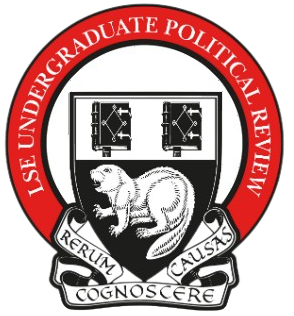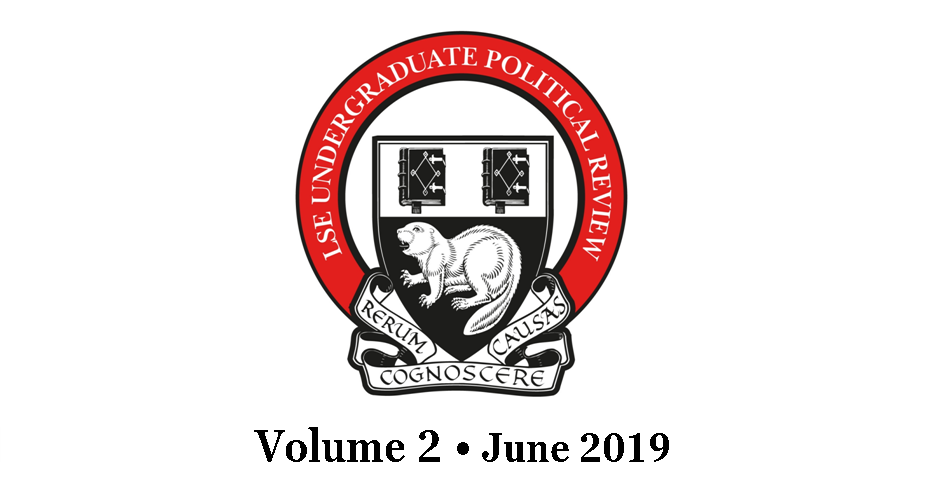Laura Phillips-Alvarez and Sabrina Naggy
Colombia has the second-largest population of Afro Descendants in Latin America with Afro-Colombians accounting for about 10% of the population (Batey 2017). Despite them making up a sizable portion of the Colombian population, prior to the 1990s Afro- Colombians were invisible in the eyes of the state (Ibid.). We are now well into the 21st century, and inequality and discrimination against Afro-Colombians remain prevalent.
Black populations lag their white counterparts by a variety of socioeconomic and health indicators such as poverty and child mortality rates (Yashar 2015). In this paper we look at the inequality indicators within the department of Chocó, located in northwestern Colombia, which has a population that is 82% Afro-Colombian, 13% Indigenous, and 5% white and mestizo (Justicia en las Américas 2020). We argue that COVID-19 has increased discrimination and inequality against Afro-Colombians to a great degree because of three factors: government neglect of Afro-Colombian communities, increased violence against Afro- Colombian communities, and worsening healthcare facilities in Afro Colombian communities.
The Colombian government has a history of neglecting Afro-Colombian communities. Approximately 80% of Afro-Colombians live in poverty, 30% have no access to water/ sanitation, and they have three times the infant mortality rate than the national average (Finnegan 2016). In 2016, the residents of Chocó went on strike over chronic state neglect that has turned Chocó into a lawless region with poverty levels exceeding 60% (Alsema 2016). The government had promised to increase funding for the region’s only hospital, build a new water supply channel, and expand Chocó’s electricity grid, however, to date, the government has not made considerable progress on these promises (Ibid.). In an interview by journalist Julia Friedmann for the Pulitzer Center, 72-year-old Chocoana, Encarnación Palacios, states that she has not seen a police officer since Duque was elected in 2018 (Friedman 2018). The government must take effective action by going into neglected areas of Colombia and ensuring that these communities have equal access to clean water, health care, education, and food.
Violence against Afro-Colombians has dramatically increased since the start of the COVID-19 pandemic (Sanchez 2021). Paramilitary groups using terror and coercion tactics have displaced large numbers of Afro-Colombians (Batey 2017). The lockdowns imposed because of the pandemic increased the risk of Afro-Colombians being victims of violence because of the lack of mobility that made them easier to track down and target (Sanchez 2021). Many of the attacks happened within the comforts of people’s homes (Ibid.). In Chocó, over 36% of the population has been the victim of armed conflict (Alsema 2019). The department of Chocó has become a battlefield between paramilitary groups, armed guerrilla, and local gangs (Friedmann 2018). Afro-Colombian communities in Chocó are forced out of their homes due to the ongoing conflict. The racialized aspect of this violence causes further inequality and discrimination against Afro-Colombians.
Moreover, prior to the pandemic, Afro-Colombian communities experienced significant barriers to healthcare access resulting in worse health outcomes than their white or mestizo counterparts. The probability of an Afro-Colombian child dying before the age of one year is 1.3-1.6 times greater than that of a non-Afro-Colombian child (CEPAL 2021). By the first week of July 2020, of the nine municipalities with the highest percentage of Afro-Colombian populations, seven were ranked among the top ten with the highest COVID-19 rates and six were ranked with the most deaths (CEPAL 2021). These stark differences in health outcomes are driven by structural and internalized forms of oppression that increase health disparities among Afro-Colombians. In Chocó, the health care system was set to fail from the beginning. The department has one public hospital and a few private clinics with three intensive care units and 27 hospital beds–all of which were fully occupied by the first week of June 2020 (Justicia en las Américas 2020). Chocó is a case study of how a majority Afro-Colombian department did not have sufficient resources to navigate the pandemic because of existing inequalities in the health care infrastructure.
Therefore, the government of Colombia must take action to protect the livelihood and health of Afro- Colombians throughout the country. COVID-19 has increased the discrimination and inequality against Afro-Colombians because of worsening determinants such as government neglect, increased violence, and worsening health care facilities. The Duque administration must work to ensure that Afro-Colombian communities have adequate access to education, health care, clean water, food, and living wages. Additionally, the government must consult, coordinate, and implement safety measures in Afro-Colombian communities to ensure that they are protected against paramilitary, guerilla, and military violence. Active engagement with these communities can look like sending food supplies, direct cash transfers, crop seeds, infrastructure development, and building additional schools and hospitals. The fight for the wellbeing and dignity of Afro- Colombians is ongoing and will continue to persist if the government continues to turn its back on marginalized populations.
References
Alsema, A. 2019. “More than 36% of Colombia’s Choco victimized by armed conflict so far this year” Colombia Reports. https://colombiareports.com/amp/more-than-36-of-colombias-choco- victimized-by-armed-conflict-so-far-this-year-un/ (December 1, 2021).
Alsema, A. 2016. “Government agrees to measures to end chronic state neglect in West Colombia” Colombia Reports. https://colombiareports.com/government-agrees-measures-end- chronic-state-neglect-west-colombia/ (December 14, 2021).
Batey, Andrew. Colombia. 2017. “Latin American Anti-racism in a ‘Post-Racial’ Age” Cambridge University. https://www.lapora.sociology.cam.ac.uk/countries/colombia (December 1, 2021).
CEPAL. 2021. “People of African Descent and COVID-19: Unveiling Structural Inequalities in Latin America | Publication” Economic Commission for Latin America and the Caribbean. https://www.cepal.org/en/publications/46621-people-african-descent-and-covid-19-unveiling- structural-inequalities-latin. (30 Nov. 2021).
Friedmann, J. 2018. “’the only protection is god’: Negotiating faith and violence in Chocó.” Pulitzer Center. https://pulitzercenter.org/stories/only-protection-god-negotiating-faith-and- violence-choco (December 1, 2021).
Sanchez Parra, Tatiana. 2021 “What’s Killing Them: Violence beyond COVID-19 in Colombia.” Crime, Media, Culture, vol. 17, no. 1, Mar. 2021, pp. 11–16. SAGE Journals, https://doi.org/10.1177/1741659020946379. (December 14, 2021).
Yashar, Deborah J. 2020. “Does Race Matter in Latin America?” Foreign Affairs. https://www.foreignaffairs.com/articles/south-america/2015-02-16/does-race-matter-latin- america. (December 1, 2021).
Cover Image Source: The flag of Colombia drawn SKopp via Wikimedia Commons https://commons.wikimedia.org/w/index.php?curid=343020
The authors, Laura Phillips-Alvarez and Sabrina Naggy, are undergraduate students at the University of Maryland, College Park.






